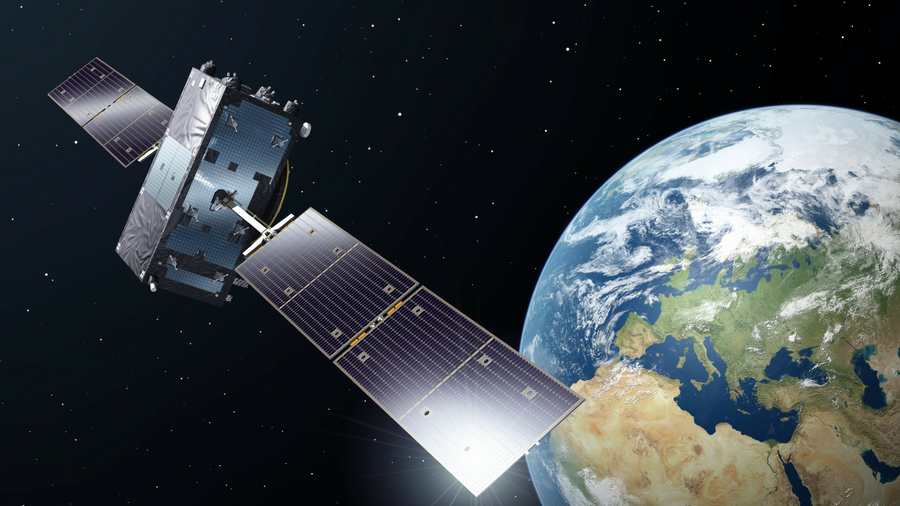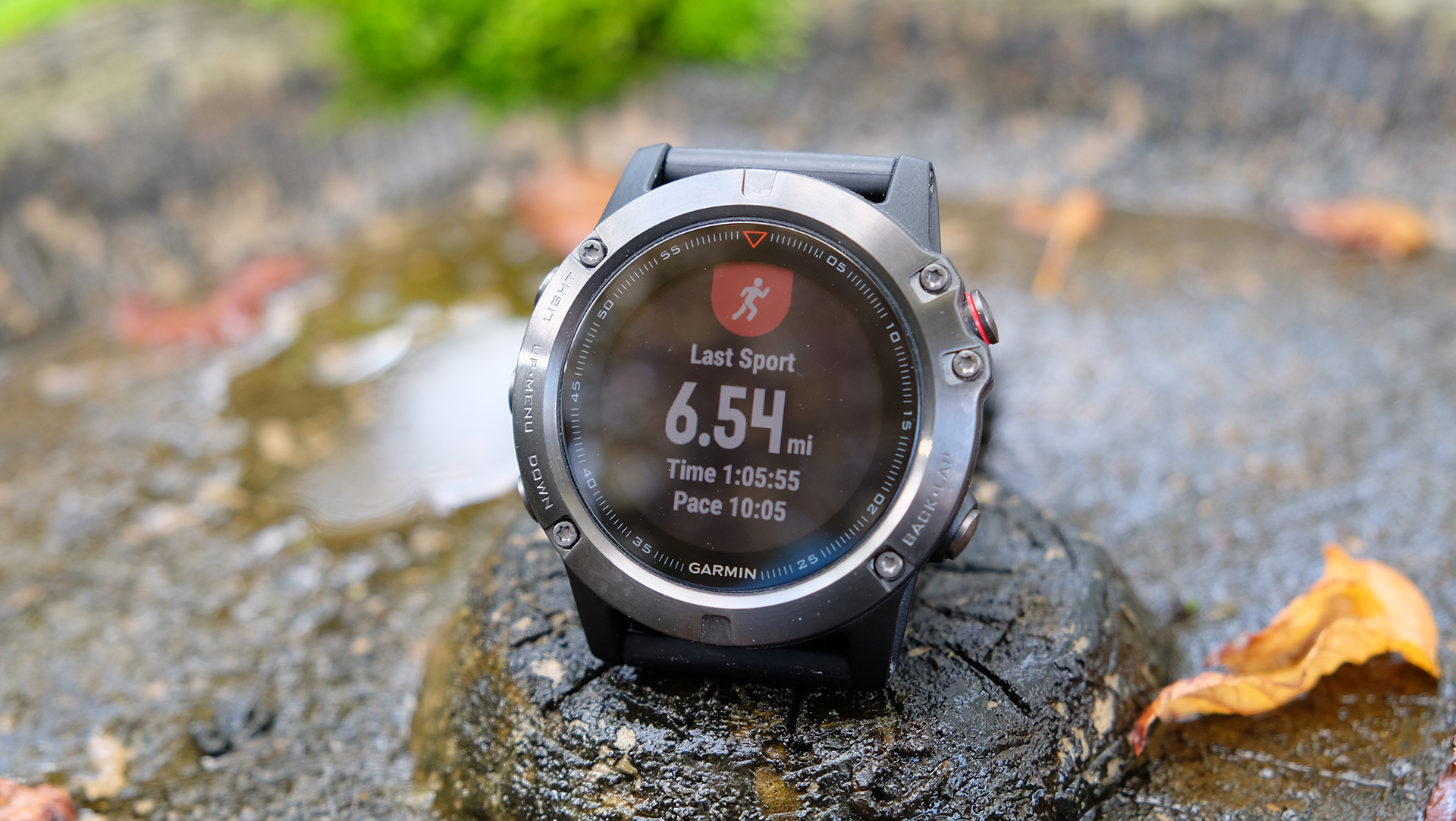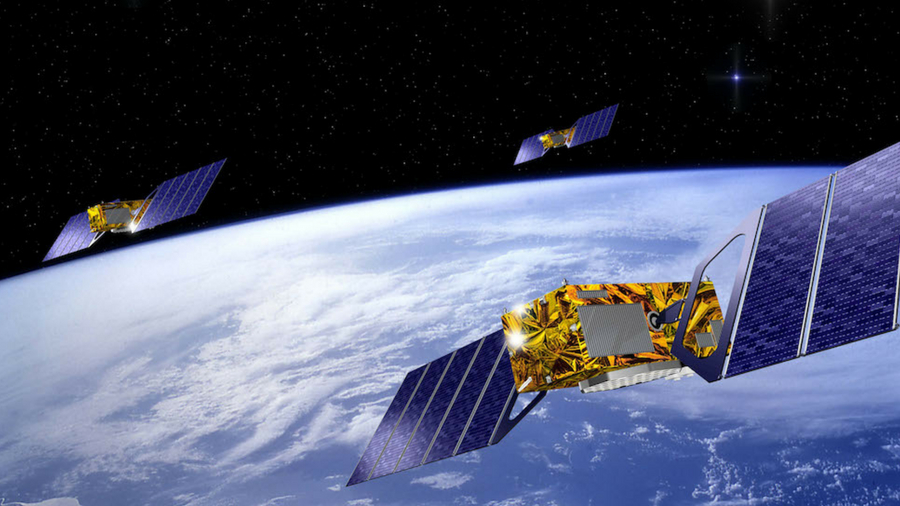Could Brexit force the UK to launch its own GPS network?
Brexit divisions extend to 14,000 miles above the Earth

Main image: Will the EU exclude post-Brexit Britain from Galileo? Credit: ESA
Could 'taking back control' mean the UK completely losing its way? The UK intends to leave the European Union in March 2019, and one thing at stake is access to a cutting-edge satellite navigation system developed with its EU partners called Galileo.
Despite British companies contributing to Galileo enormously, they now look set to be denied work because of their impending non-EU status. Worse, the UK could lose access to the embryonic Galileo navigation service itself, leaving it with the expensive task of building its own rival constellation.
Might Brexit and its political ramifications leave the UK far from technology’s cutting edge? For the UK’s science and technology sectors, Brexit just got real.
- Do you have a brilliant idea for the next great tech innovation? Enter our Tech Innovation for the Future competition and you could win up to £10,000!
What is Galileo and why do we need it?
Galileo is an effort to build a more accurate, Europe-centric version of the Global Positioning System (GPS), which uses a constellation of 30 satellites in low-Earth orbit, and which is owned by the US government and operated by the US Air Force. Galileo will comprise a constellation of 24 operational satellites, plus six in-orbit spares, in medium-Earth orbit which, like their GPS counterparts, will broadcast precise time signals so that positioning can be calculated for any place on Earth.

Don't care about Galileo? You will when much more accurate wearables and personal trackers emerge. So far, the Apple Watch 3 is Galileo-friendly, while the Garmin Fenix 5X just got a firmware upgrade to work with the system. The Samsung Gear S4 could also soon get Galileo compatibility, while it's also seen as a critical technology for driverless cars.
One advantage the Galileo satellites have over their GPS counterparts is that they're in a higher orbit, so have a wider field of view, which means no sat nav device should ever lose sight of at least four of them.
Sign up for breaking news, reviews, opinion, top tech deals, and more.
How does Galileo work?
The way Galileo works is identical to how all navigation systems operate, but it will eventually be more accurate than the alternatives. A GPS receiver must find three orbiting satellites to calculate latitude, longitude (using triangulation) and track movement, while a fourth satellite is needed to add altitude. Other calculations are then possible – such as speed, distance, distance to destination, direction, and local sunrise and sunset times.
However, the entire system is predicated not on distance, but on time. It hinges on accurately measuring the space-time that a signal left a satellite, with even the tiniest of errors – even a single nanosecond – at either end resulting in huge errors of distance on the planet's surface.

In an effort to reduce the error rate to a single meter (the current error rate with GPS in 10 meters), Galileo uses new types of atomic clocks: rubidium atomic frequency standards (which loses three seconds in a million years) and passive hydrogen masers (which lose one second per million years).
So, when the network is complete, Galileo will be able to pinpoint where users are to within a meter.
Is Galileo operational yet?
Almost. Twenty usable satellites are already in orbit some 14,000 miles up, with the next four due to launch from the European Space Agency's Spaceport in French Guiana on July 25. Although it's now offering a weak test service, the system should be fully operational later this year when 24 working satellites are up.
It was decided that each of the 28 EU member states should have a satellite named by them, and in an ironic twist of fate, the UK's 'Patrick' is due to be the final satellite to launch in 2020… the year after the planned Brexit. Awkward.
So what's the problem?
Galileo is about accuracy, but also about ownership, and just not in the way that was intended. Unlike GPS and the Russian government-owned GLONASS (Global Orbiting Navigation Satellite System), Galileo will be the only such system under civilian control. However, it's the part of Galileo's bandwidth reserved for military use that's getting UK Brexiteers hot under the collar.

Although Galileo is looked after by the European Space Agency (ESA), which is a separate body from the EU, there's a sensitive military issue here which means the European Commission can get involved. It doesn't want the UK accessing the encrypted part of the Galileo network when it leaves the EU next year.
Ironically, that encryption technology – which is for the military to access, and a core differentiator to the US-owned GPS system – was developed in Britain. Effectively holding that tech as his trump card, in June then-Brexit secretary David Davis said excluding the UK would delay Galileo by three years and cost the EU an extra £1 billion (around $1.3 billion).
Who built the Galileo satellites?
Although it's about politics, this row is also about cash. The UK Space Agency claims that UK companies like CGI UK, QinetiQ and Surrey Satellite Technology have made a 'critical contribution' to the EU Galileo program, building the payloads for all of the Galileo satellites and developing the encryption technology that the UK could soon be barred from using.

To make matters worse, the European Commission is about to begin awarding contracts worth £400 million (about $530 million) to EU-based companies for new satellites to replace some of the old ones, although since all manufacturing work must be undertaken within an EU member state, the UK space industry looks set to miss out. The European Commission has decided that Brexit means Brexit, although not all member states agree.
What is the UK planning on doing post-Galileo?
The UK could just continue to use the US GPS network. However, in May 2018 the UK Chancellor Philip Hammond proposed that the UK could build its own, smaller £5 billion satellite navigation system for its own needs. And Dr Graham Turnock, CEO of UK Space Agency, said: “We should begin work now on options for a national alternative to Galileo to guarantee our satellite positioning, navigation and timing needs are met in the future.“

Hammond also suggested that the government could prevent the encryption technology created by UK companies from leaving the UK, thus delaying the Galileo project. If the latter remark appears childish, the former is at least possible: the UK space industry builds 40% of the world’s small satellites, and a quarter of all commercial telecommunications satellites, according to the UK Space Agency.
Last year the UK space industry was worth around £15 billion in turnover, with exports of £5.4 billion, according to ADS Group. Not that there's a UK spaceport yet…
In the Brexit negotiations, everything is a bargaining chip, but that space technology and national interests have become entangled is obviously depressing Jan Wörner, director general of the apolitical European Space Agency.
“Astronauts always report that they do not see any national borders in Europe,” Worner wrote recently. “We should work for United Space in Europe, and for the other way around, namely for United Europe in Space.”
TechRadar's Next Up series is brought to you in association with Honor


Jamie is a freelance tech, travel and space journalist based in the UK. He’s been writing regularly for Techradar since it was launched in 2008 and also writes regularly for Forbes, The Telegraph, the South China Morning Post, Sky & Telescope and the Sky At Night magazine as well as other Future titles T3, Digital Camera World, All About Space and Space.com. He also edits two of his own websites, TravGear.com and WhenIsTheNextEclipse.com that reflect his obsession with travel gear and solar eclipse travel. He is the author of A Stargazing Program For Beginners (Springer, 2015),